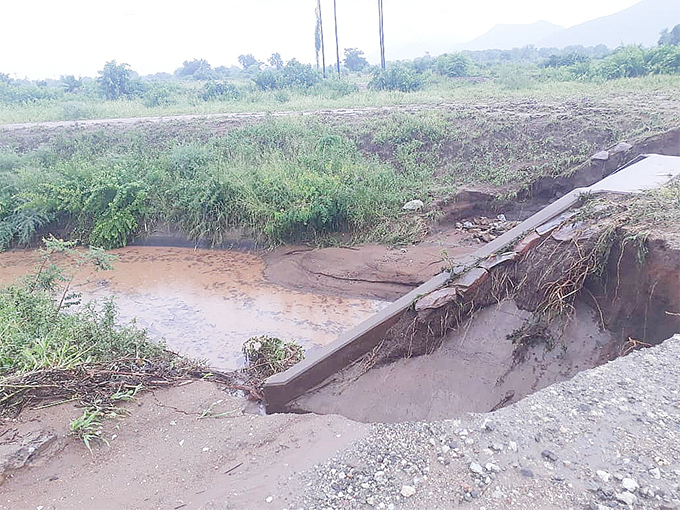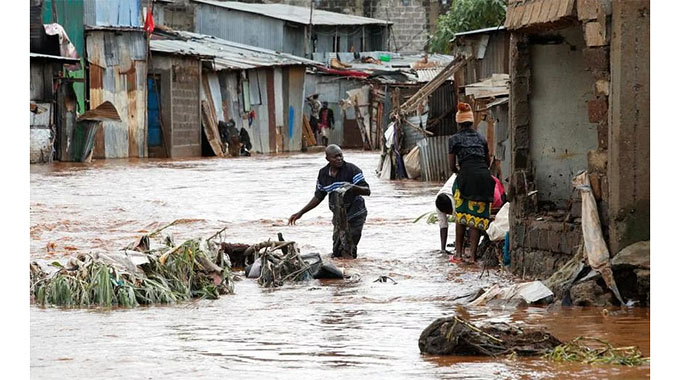Factfile: Cyclone Idai’s trail of destruction

NAIROBI. – Rescue teams in southern Africa were struggling on Wednesday to reach people stranded by flooding after Cyclone Idai killed hundreds and left a trail of destruction in one of the worst natural disasters to hit the region in decades.
Mozambique started three days of national mourning on Wednesday for those killed in what has been called the worst humanitarian crisis in the country’s history that has also impacted Malawi and Zimbabwe.
Here are some facts about the disaster:
· Packing wind speeds of up to 170 kph cyclone Idai hit Mozambique’s port city of Beira on March 14 before moving inland to neighbouring Malawi and Zimbabwe.
· At least 360 people have died – 202 deaths have been reported in Mozambique, 102 deaths in Zimbabwe and 56 deaths in Malawi. The death toll is expected to rise in the coming days.
· Millions of people have been affected with Idai’s winds ripping apart homes, schools and health clinics, and its heavy rains submerging vast tracts of farmland and destroying crops.
· Tens of thousands have been forced to seek shelter on higher ground. In Mozambique’s Buzi town, for example, thousands of people are reportedly marooned on rooftops with an aerial survey showing at least 50 km of land was submerged.
· Infrastructure such as roads and bridges, as well as power lines, water supplies and telecommunication towers across the three countries, have been damaged. The cyclone’s rains have also triggered landslides in many areas.
· Children have had their lives seriously disrupted by the disaster. Around 260,000 children in Mozambique alone are living in “desperate conditions”, according the United Nations Children’s Agency (UNICEF).
· Aid workers say the immediate priority is to search and rescue people stranded by floods, with priority given to trauma victims. Many affected areas are cut off due to roads and bridges being swept away or landslides blocking paths.
· The United Nations said the situation was expected to deteriorate further with the number of people affected likely to increase and more rain expected in the coming days.
· Government officials said they are scaling up search and rescue operations. The Indian Navy and South African Air Force are helping to evacuate survivors in Mozambique and barges and small boats have been assigned.
· Humanitarian agencies such as the World Food Program are air-dropping high-energy biscuits to marooned survivors while other aid agencies have begun distributing tents and tarpaulin sheets to provide some shelter to displaced communities.
· The UN has allocated $20 million from its Central Emergency Response Fund to procure basic aid items for those affected in Mozambique, the worst-affected of the three countries. The British government will provide 18 million pounds ($24 million) to help victims. – United Nations Office for the Coordination of Humanitarian Affairs/Reuters









Comments